Bart Starr, the first quarterback in history to win five National Football League championships and hero of the most memorable game in the storied history of the Green Bay Packers, died today in Birmingham, Ala. He had been in failing health since suffering a serious stroke in 2014.
Starr, 85, played for the Packers from 1956 to 1971, and was beloved by fans of not only his generation, but also succeeding ones. Along with being a Pro Football Hall of Famer and among a small pantheon of Packers' all-time greats, he was the franchise's nonpareil role model in the eyes of many.
Maybe the most popular player in Packers history, Starr will be eulogized for being a consummate professional, a Good Samaritan and an exemplary role model.
"The Packers Family was saddened today to learn of the passing of Bart Starr," said Packers President/CEO Mark Murphy. "A champion on and off the field, Bart epitomized class and was beloved by generations of Packers fans. A clutch player who led his team to five NFL titles, Bart could still fill Lambeau Field with electricity decades later during his many visits. Our thoughts and prayers go out to Cherry and the entire Starr family."
As a player, Starr will be remembered for being the only quarterback ever to lead his team to five NFL titles in a decade and for that frozen-in-time moment where he was lying face down under a pile of bodies in the south end zone of Lambeau Field, the hero of the Ice Bowl.
To this day, a half-century later, Starr's game-winning quarterback sneak in that Dec. 31, 1967, game remains the signature moment in Packers history and personified what the Packers franchise is all about: Perseverance against all odds and unmatched success among all NFL teams.
A look back at the life and career of former Packers QB and Head Coach Bart Starr
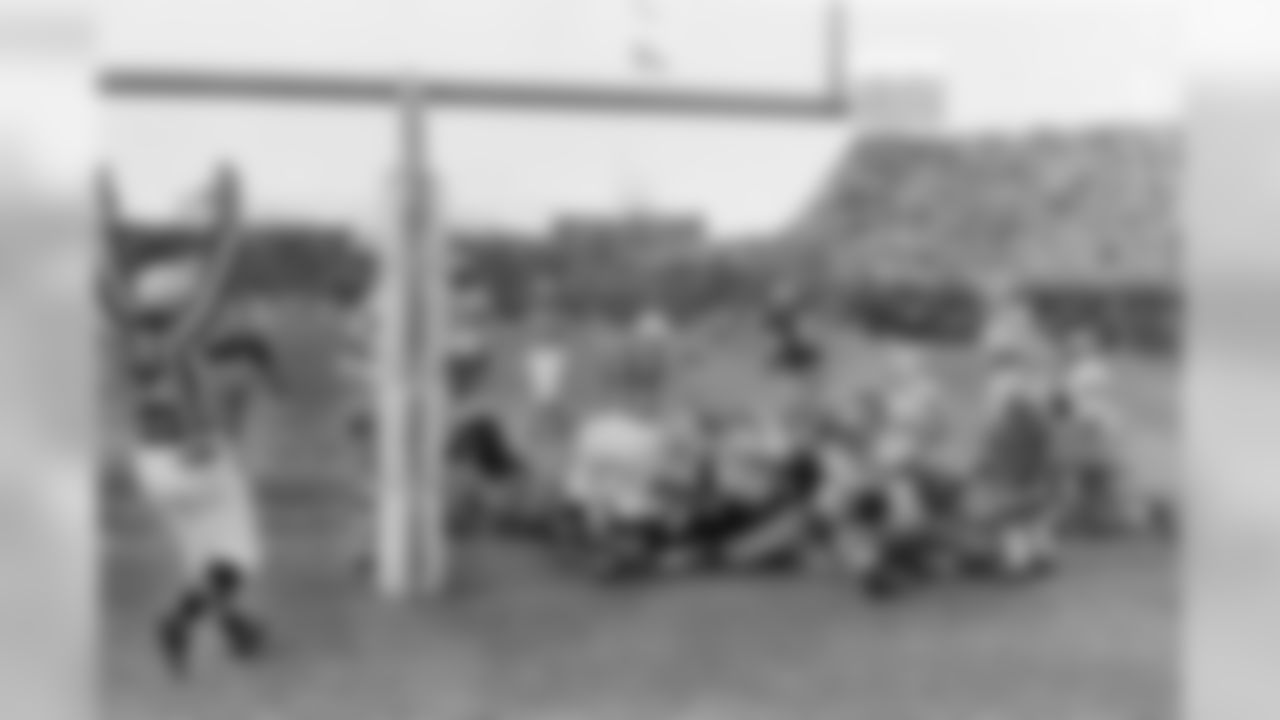
The officials signal a touchdown as quarterback Bart Starr (15) dives across the goal line for the game-winning touchdown in the Packers' 21-17 victory over the Dallas Cowboys in the NFL championship game at Lambeau Field on Dec. 31, 1967. Press-Gazette archives
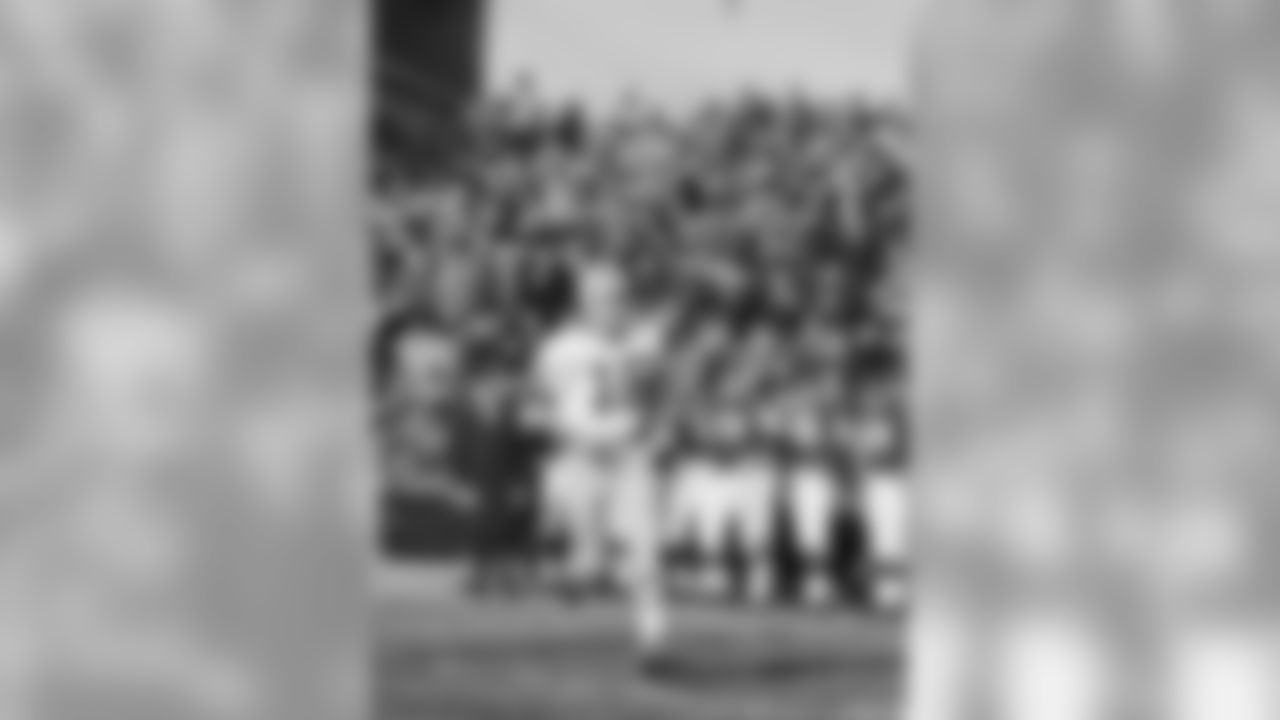
Bart Starr in action as #15 QB on Green Bay Packers team, Vs. Minnesota Vikings on Nov. 21, 1965. (AP Photo)
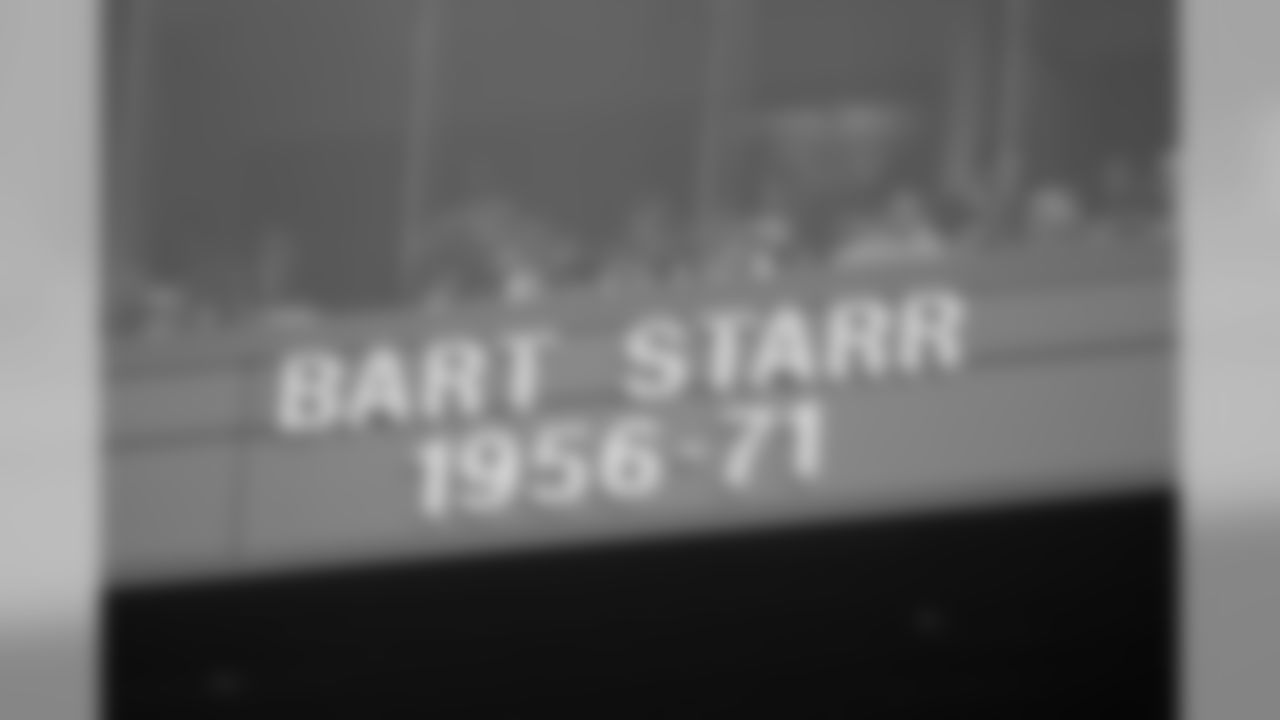
Bart Starr signage in Lambeau Field during the second half of an NFL football game Sunday, Nov. 22, 2009, in Green Bay, Wis. The Packers won 30-24. (AP Photo/Jim Prisching)

Hall of Fame quarterback Bart Starr carries a Green Bay Packers flag on the field during introductions before an NFL football game between the Green Bay Packers and the New Orleans Saints Thursday, Sept. 8, 2011, in Green Bay, Wis. (AP Photo/Jim Prisching)

Former Green Bay Packers quarterback Bart Starr waves to fans during the second half of an NFL football game against the San Francisco 49ers Monday, Sept. 10, 2012, in Green Bay, Wis. (AP Photo/Jeffrey Phelps)

NFL Hall Of Famers, from left, Bart Starr, Frank Gifford and Len Dawson chat at a Pro Football Hall of Fame Party at Cleveland Browns Stadium in Cleveland on Saturday, July 29, 2000. (AP Photo/Jamie-Andrea Yanak)

NFL Hall of Fame quarterback Bart Starr, left, and former New York Giants quarterback Phil Simms, right, during a news conference Wednesday, Feb. 2, 2011, in Dallas. (AP Photo/David J. Phillip)

Legendary Green Bay Packers quarterback Bart Starr, center, presents current Packers quarterback Aaron Rodgers, right, with the the Bart Starr Award for Character and Leadership, Friday, Jan. 31, 2014, at the Super Bowl Breakfast in New York. The Seattle Seahawks will play the Denver Broncos Sunday in the NFL Super Bowl XLVIII football game in East Rutherford, N.J. (AP Photo/Ted S. Warren)

FILE Green Bay Packers quarterback Brett Favre, right, talks with former Packers quarterback Bart Starr, left, before the NFC Championship football game against the New York Giants in Green Bay, Wis., in this Jan. 20, 2008 file photo. Favre has decided to retire from the NFL after 17 seasons. FOX Sports first reported Tuesday March 4, 2008 that the Green Bay Packers quarterback informed the team in the last few days. (AP Photo/David J. Phillip, file)
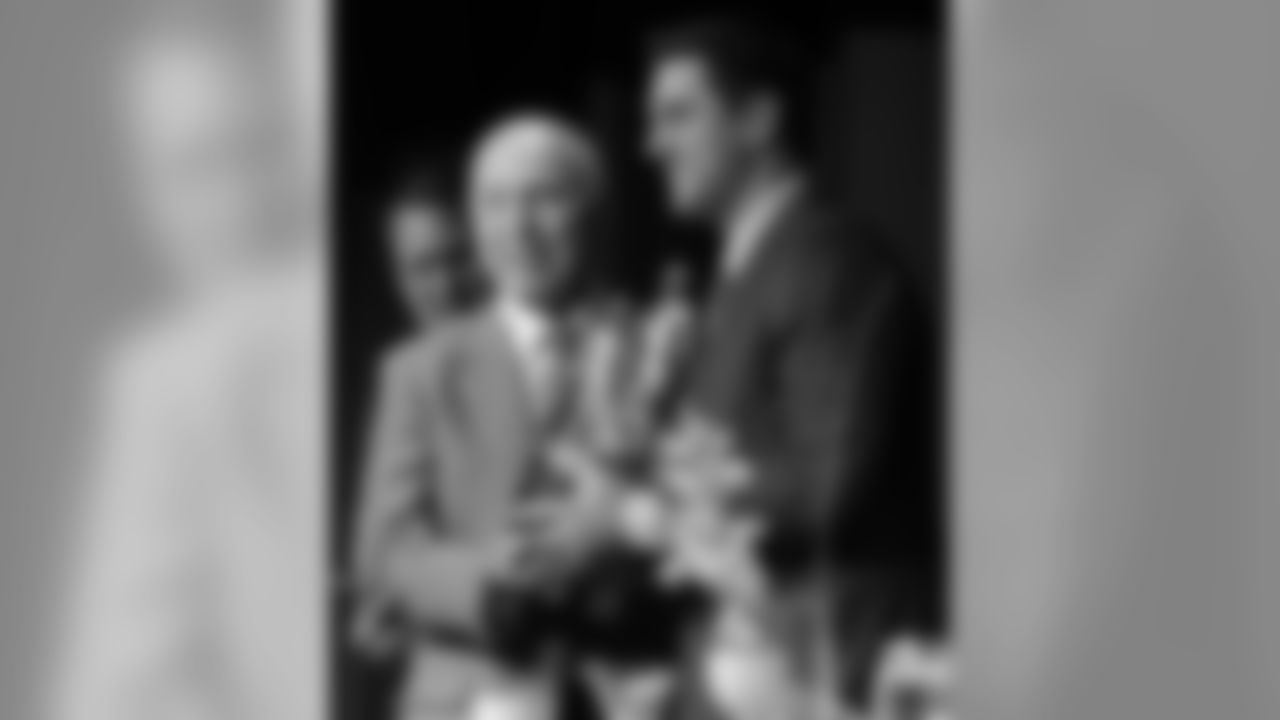
Legendary Green Bay Packers quarterback Bart Starr, left, presents current Packers quarterback Aaron Rogers, right, with the the Bart Starr Award for Character and Leadership, Friday, Jan. 31, 2014 at the Super Bowl Breakfast in New York. The Seattle Seahawks will play the Broncos Sunday in the NFL Super Bowl XLVIII football game in East Rutherford, N.J. (AP Photo/Ted S. Warren)

Former pro football players from left: Gale Sayers, Joe Namath, Bart Starr and National Football League commissioner Paul Tagliabue, right, look over poster-sized illustrations of new stamps honoring legendary football coaches on the first day of issue by the U.S. Postal Service on the steps of the Pro Football Hall of Fame in Canton, Ohio, Friday, July 25, 1997. Sayers introduced the stamp of George Halas, Namath the stamp of Paul "Bear" Bryant, Starr the stamp of Vince Lombardi and Tagliabue the stamp of Glenn "Pop" Warner. (AP Photo/Phil Long)
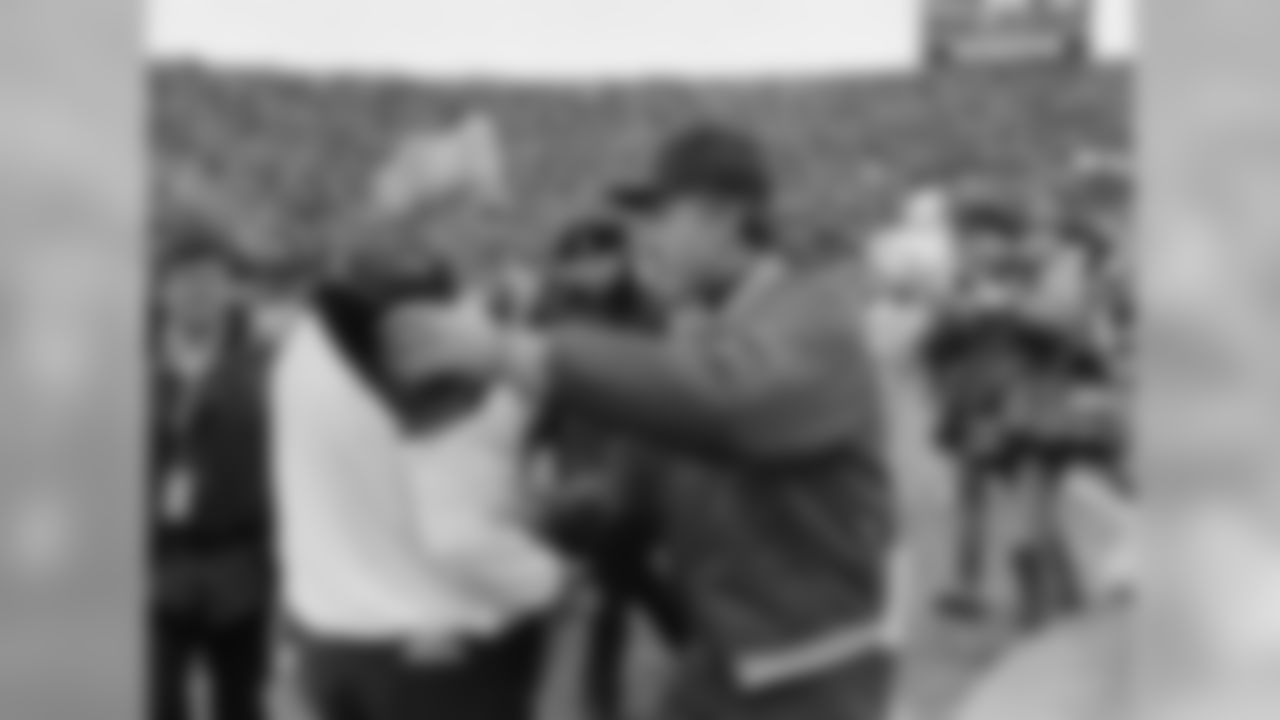
St. Louis Cardinals head Coach Jim Hanifan (left) offers his congratulations to Green Bay Packers head Coach Bart Starr at mid-field after the Packers' 41-16 first-round playoff victory, Jan. 8, 1983 in Green Bay, Wis. (AP Photo/Tom Lynn)

Green Bay Packer quarterback Bart Starr, right, huddles with his mother and father, Mr. and Mrs. Ben Starr of Montgomery, Ala., Jan. 13, 1968 at Fort Lauderdale, Florida. Mr. and Mrs. Starr will be in the stands on Sunday, cheering for their son Bart and the Green Bay Packers when the meet the AFL champions, the Oakland Raiders in the Super Bowl at Miami. (AP Photo/Toby Massey)
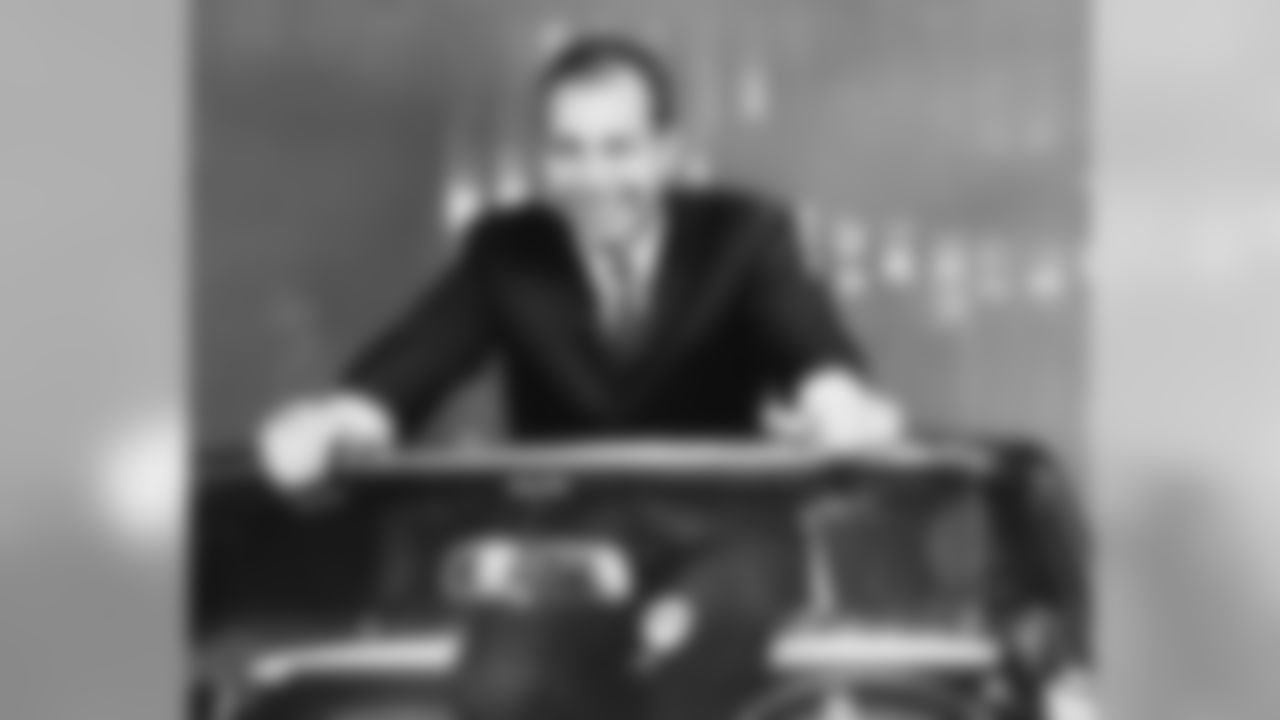
Quarterback Bart Starr of the Green Bay Packers looks over the windshield of the convertible presented to him in New York, Feb. 3, 1967 by Sport Magazine. Starr won the publication's "Super Bowl Award." (AP Photo/John Rooney)

Hall of Fame quarterback Bart Starr carries a Green Bay Packers flag on the field during introductions before an NFL football game between the Green Bay Packers and the New Orleans Saints Thursday, Sept. 8, 2011, in Green Bay, Wis. (AP Photo/Morry Gash)
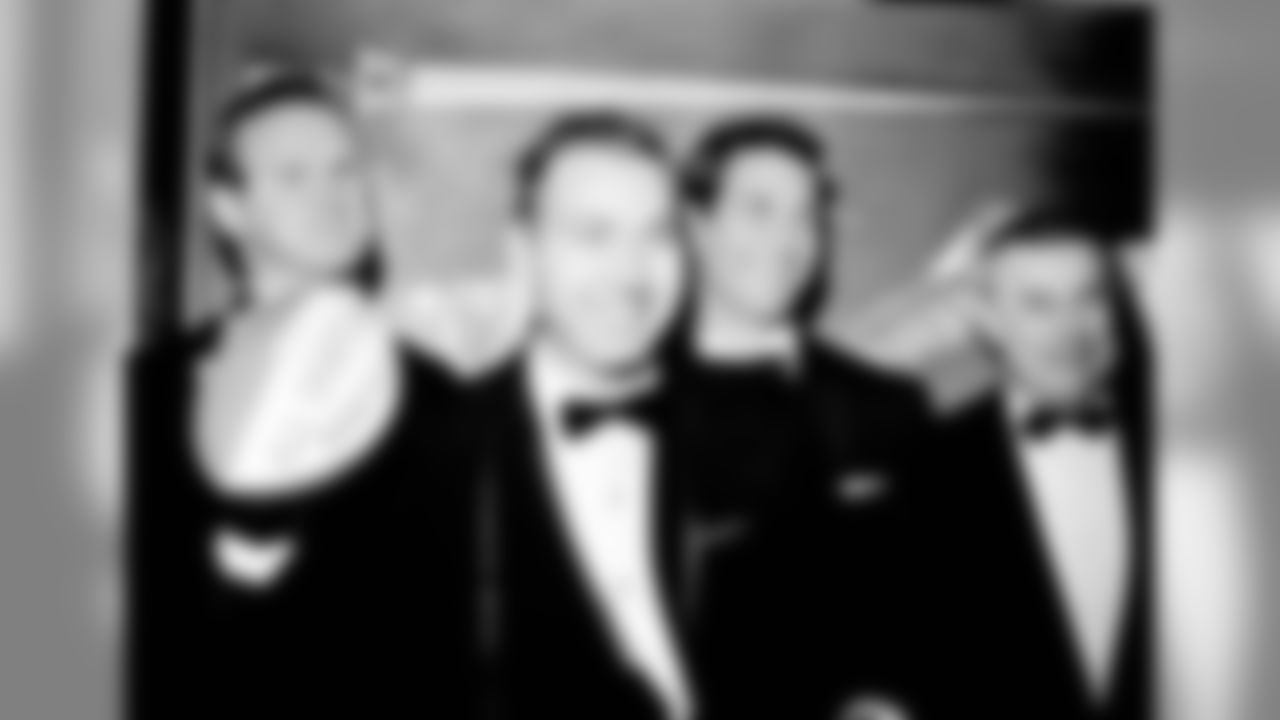
These sports heroes of 1967 will receive awards at the All Sports Banquet in Dallas, March 8, 1968. From left: Tommy Nobis, former Texas football star and now with the Atlanta Falcons, pro athlete of the year; Bart Starr, quarterback of the Green Bay Packers, will be the national athlete receiving award; and Gene Stallings, coach of Texas A&M football, will be awarded the plaque as senior college coach of the year. Man at right is unidentified. (AP Photo/SS)
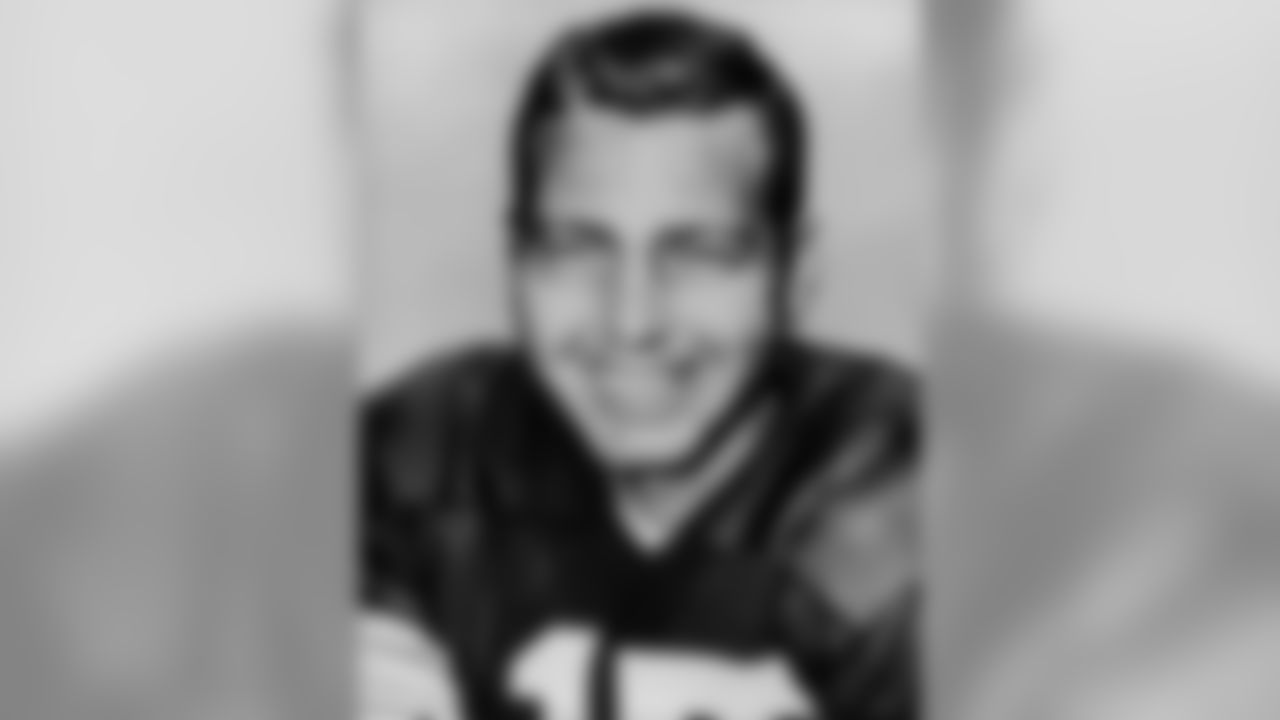
Bart Starr, quarterback for the Green Bay Packers, is shown on Jan. 31, 1962. (AP Photo)

Packers quarterback Bart Starr studies rookies as they performed in pass drill at short training camp at Green Bay, Wisc., June 7, 1970. Jack Clancy, recently traded to the Packers by the Miami Dolphins for Marv Flemming, is to the left of Starr. (AP Photo/Paul Shane)

Bart Starr, dressed in heavy sweat suit, looks up at his locker in Green Bay, Wisc., Dec. 19, 1967, after finishing a long practice session at the Green Bay Packer stadium. The Packers' star quarterback will lead the team against the Los Angeles Rams in the NFL Western Division playoff. (AP Photo/Paul Shane)
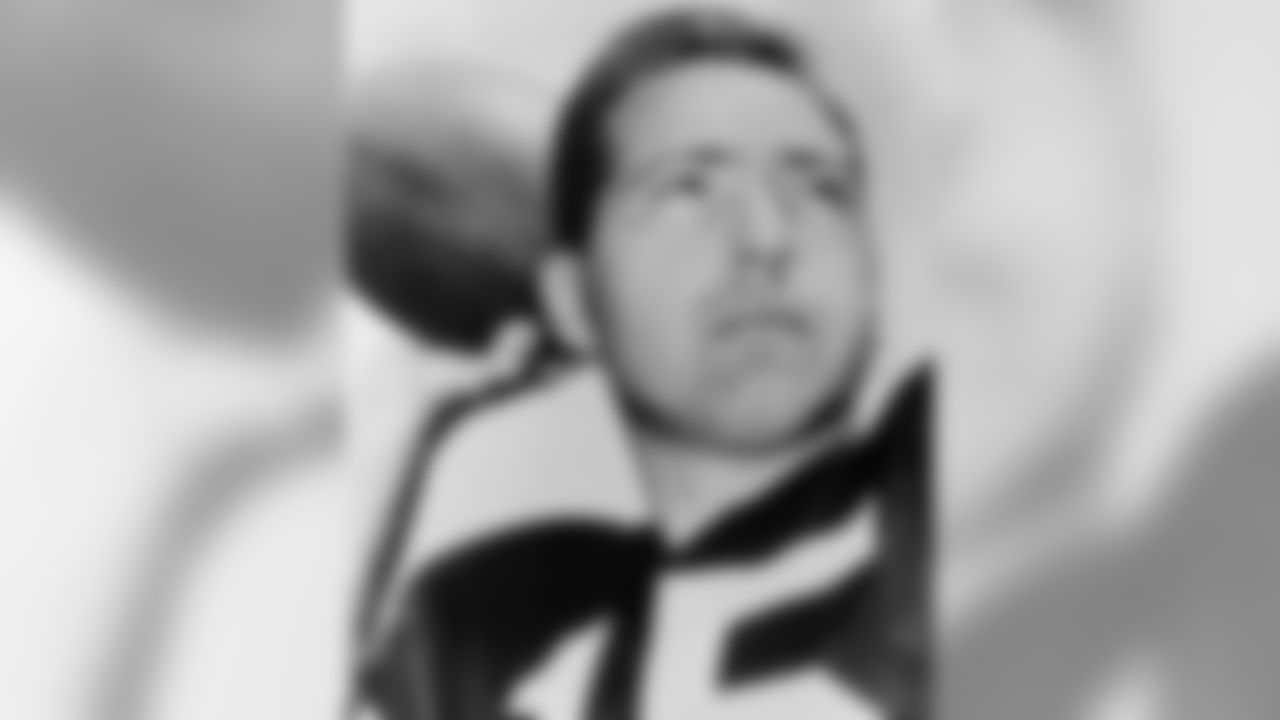
Green Bay Packers quarterback Bart Starr is pictured in 1962. (AP Photo)
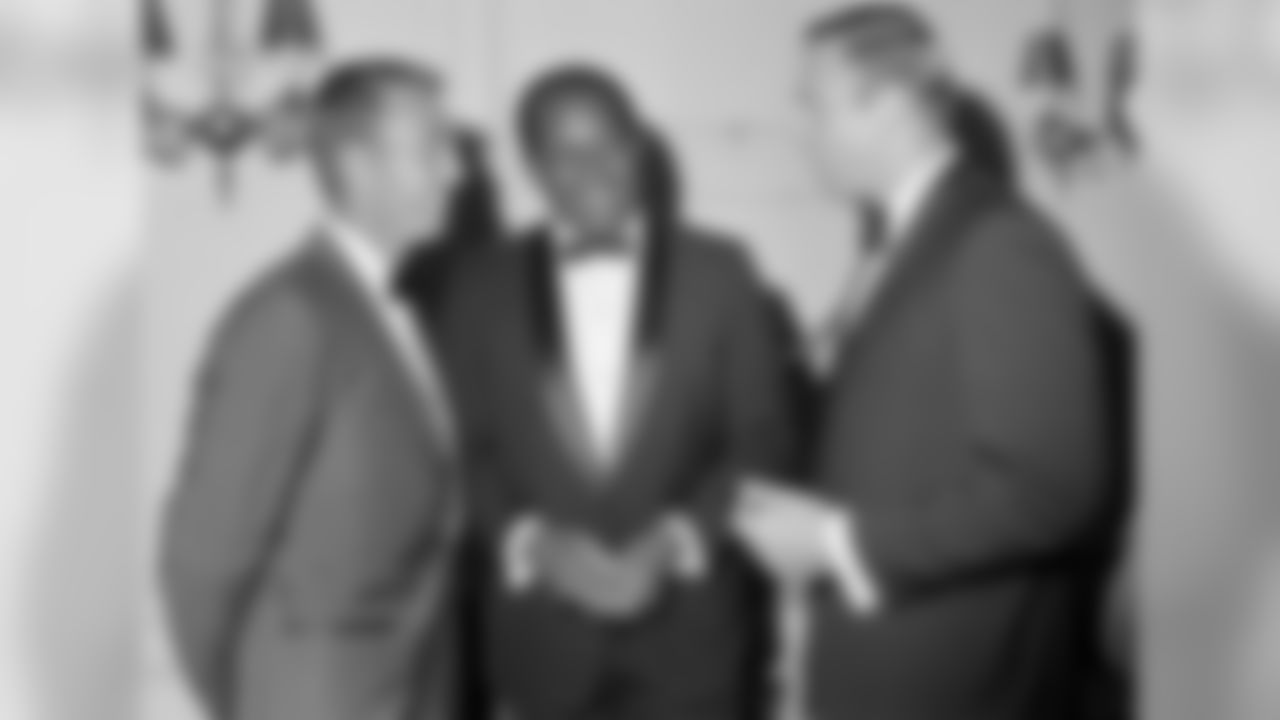
Chicago Bears' Mike Pyle, right, president of the NFL Players Association, chats with Bart Starr, left, and Willie Davis, both of the Green Bay Packers, at an awards dinner in Chicago, July 9, 1967. Starr and Davis are candidates for the Byron R. White Award which goes to the NFL player "contributing most to his team, league and community." Awards was named for the former All-America and NFL star who currently is a U.S. Supreme Court associate justice. (AP Photo/Charles Harrity)



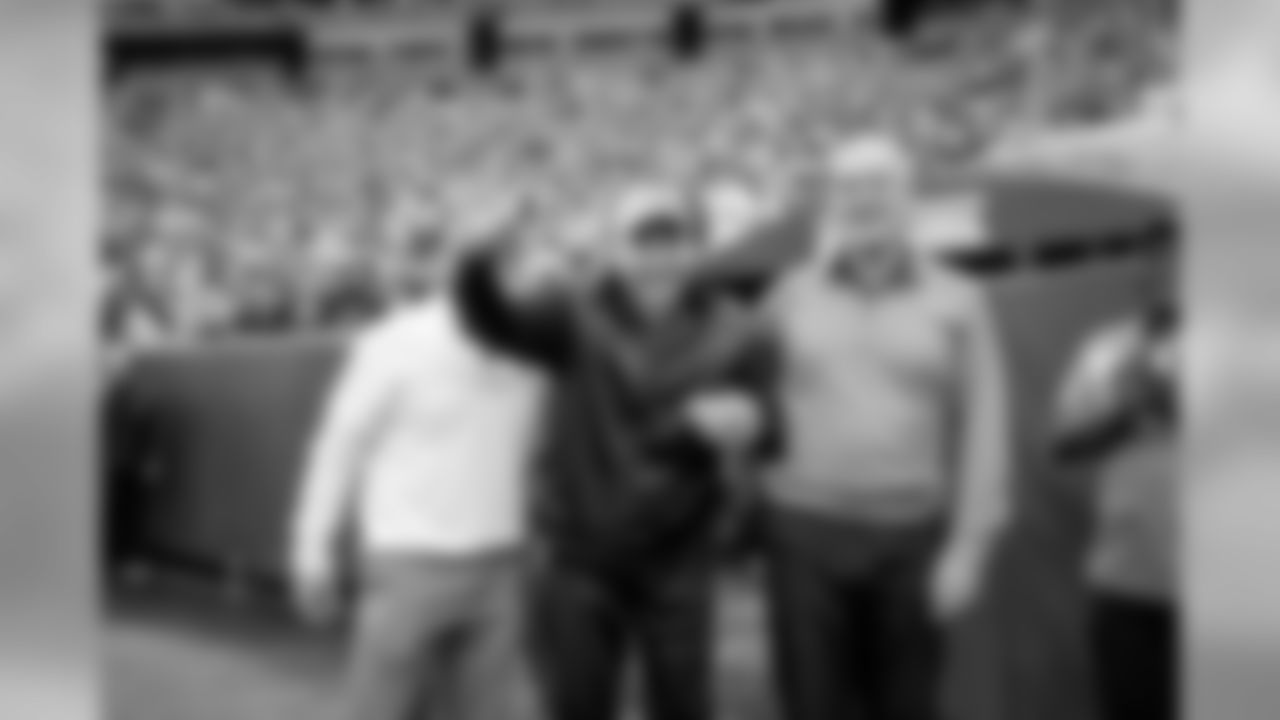



The Green Bay Packers were defeated by the Chicago Bears on Thanksgiving Day by a score of 13-17 at Lambeau Field in Green Bay, WI on November 26, 2015.

The Green Bay Packers were defeated by the Chicago Bears on Thanksgiving Day by a score of 13-17 at Lambeau Field in Green Bay, WI on November 26, 2015.

The Green Bay Packers were defeated by the Chicago Bears on Thanksgiving Day by a score of 13-17 at Lambeau Field in Green Bay, WI on November 26, 2015.

The Green Bay Packers were defeated by the Chicago Bears on Thanksgiving Day by a score of 13-17 at Lambeau Field in Green Bay, WI on November 26, 2015.

The Green Bay Packers were defeated by the Chicago Bears on Thanksgiving Day by a score of 13-17 at Lambeau Field in Green Bay, WI on November 26, 2015.

The Green Bay Packers were defeated by the Chicago Bears on Thanksgiving Day by a score of 13-17 at Lambeau Field in Green Bay, WI on November 26, 2015.

The Green Bay Packers were defeated by the Chicago Bears on Thanksgiving Day by a score of 13-17 at Lambeau Field in Green Bay, WI on November 26, 2015.

The Green Bay Packers were defeated by the Chicago Bears on Thanksgiving Day by a score of 13-17 at Lambeau Field in Green Bay, WI on November 26, 2015.

The Green Bay Packers were defeated by the Chicago Bears on Thanksgiving Day by a score of 13-17 at Lambeau Field in Green Bay, WI on November 26, 2015.


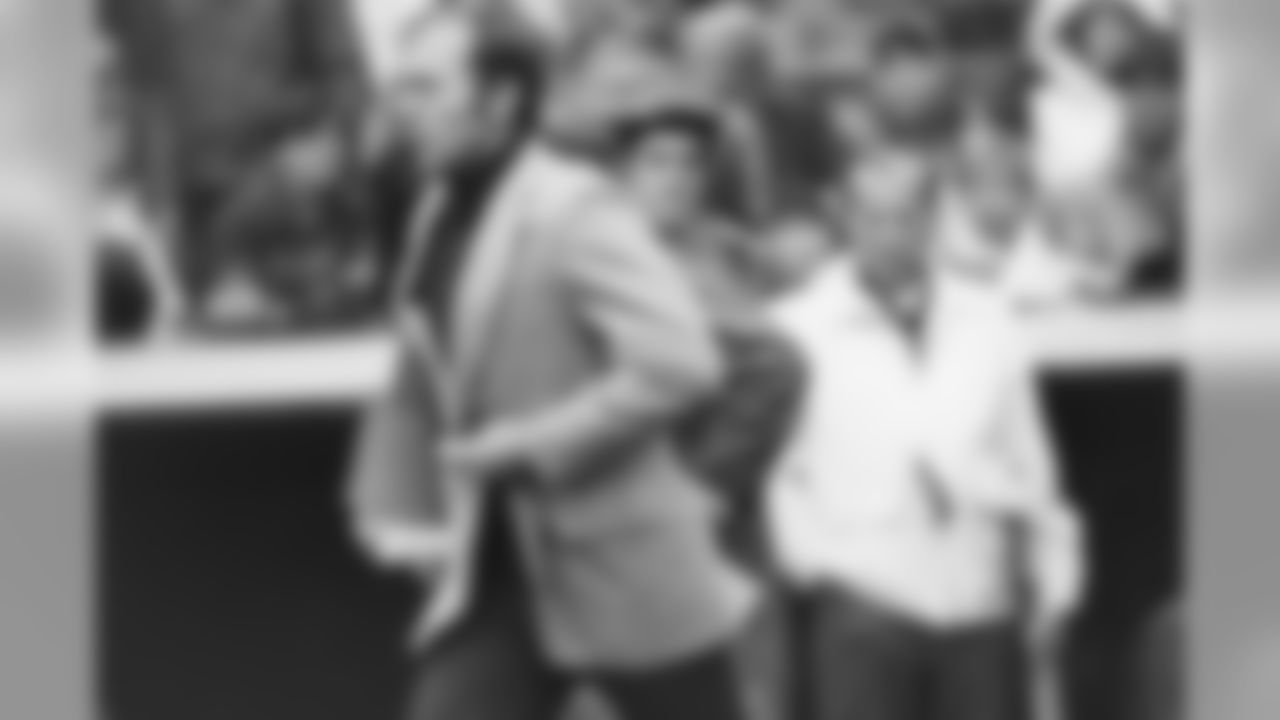
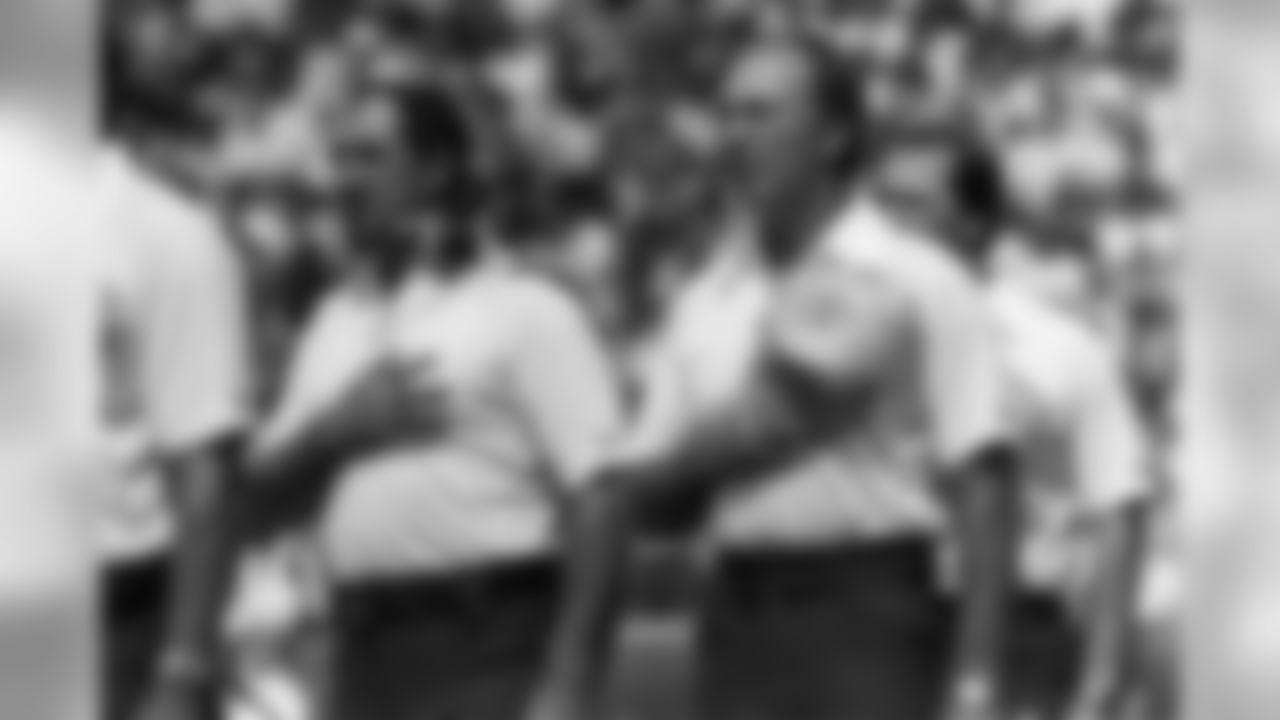











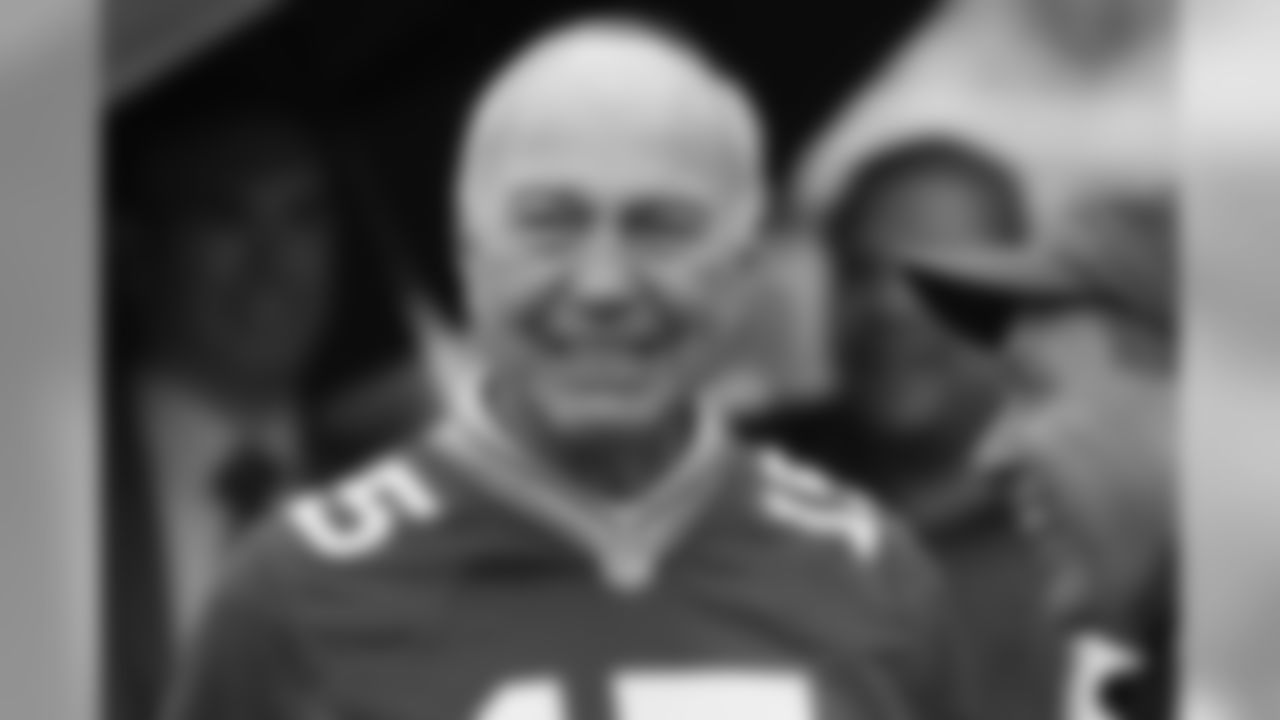

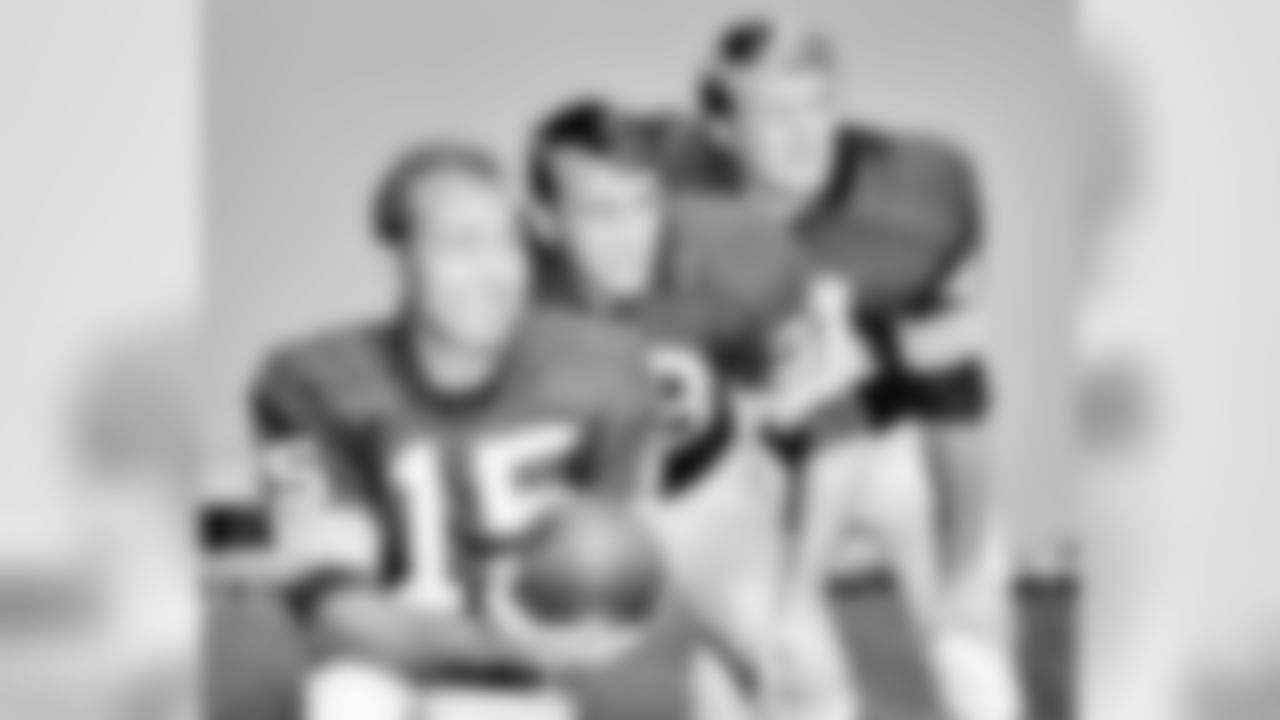
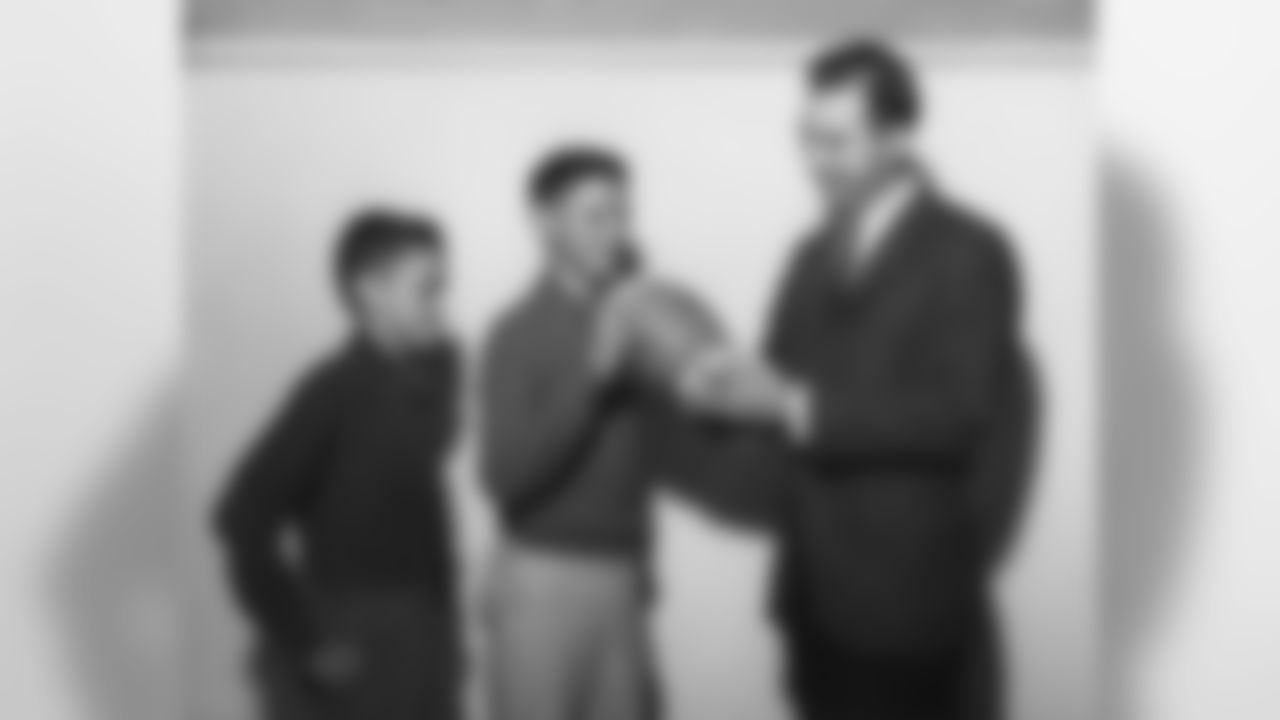

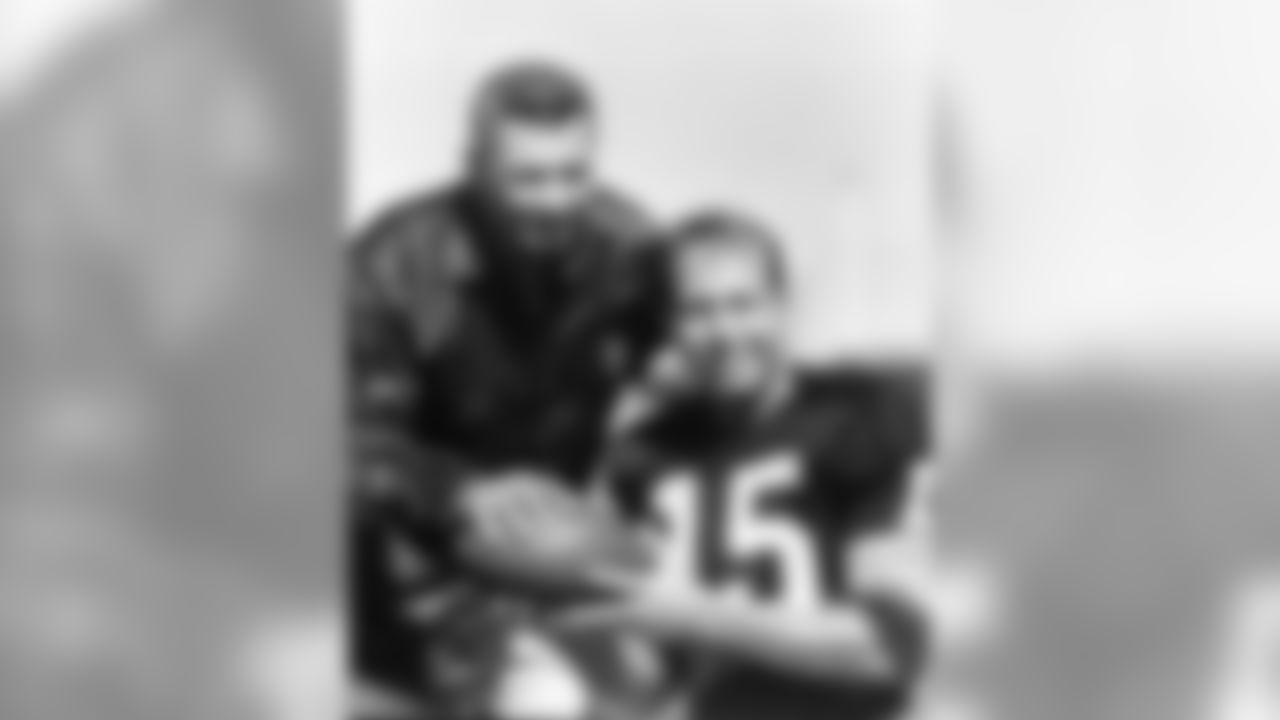




Green Bay Packers vs. Buffalo Bills, Regular Season Game, September 19, 2010

Green Bay Packers vs. Buffalo Bills, Regular Season Game, September 19, 2010

Green Bay Packers vs. Buffalo Bills, Regular Season Game, September 19, 2010

Former Green Bay Packers quarterback Bart Starr is introduced at halftime of an NFL football game between the Packers and the Buffalo Bills on Sunday, Sept. 19, 2010, in Green Bay, Wis. (AP Photo/Mike Roemer)

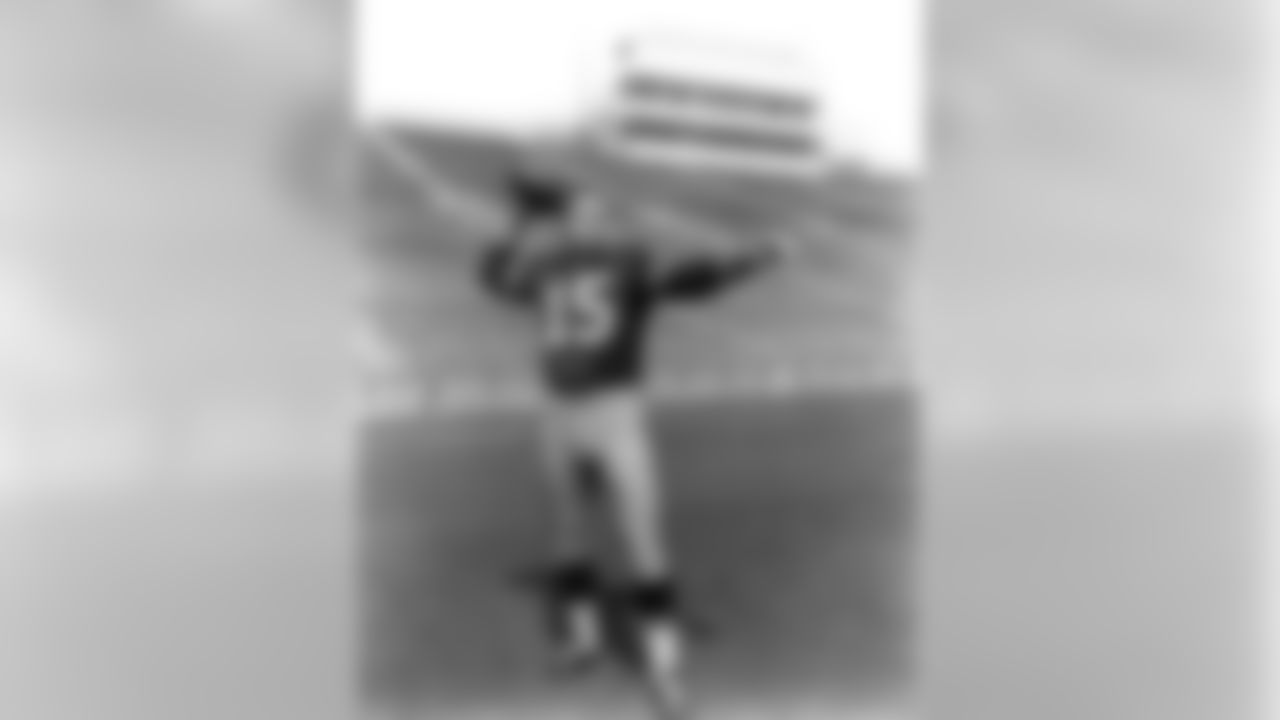
With the Packers trailing by three points, 16 seconds remaining and the ball at the 1-yard line, it was Starr who suggested to coach Vince Lombardi during the Packers' final timeout that he run a quarterback sneak for the first time that season.
When Starr squeezed between the blocks of right guard Jerry Kramer and center Ken Bowman and landed in the end zone, he not only sealed the Packers' 21-17 victory over the Dallas Cowboys, but also climaxed the Lombardi Era.
What made it such a timeless moment in pro football history besides the last-minute drama were the conditions – a frozen field, temperatures that hovered around -16 degrees and a brutal wind chill that dipped to a -46 – and the stakes.
To this day, the Lombardi Packers are the only team to win three consecutive NFL titles since post-season play was introduced 85 years ago.
The game also epitomized Starr's contribution to pro football's greatest dynasty.
He always seemed to deliver in the clutch.
"He called the right thing at the right time and he executed it," said Boyd Dowler, Starr's favorite receiver during the nine years they played together under Lombardi. "He never made a bad read. He never made a stupid throw.
"If somebody was open, he'd get you the ball. He knew what it took to win and he went about doing it. He was a tremendous competitor and he was so consistent."
Starr played 16 years for the Packers, a club record for service that he shares with Brett Favre. He was MVP of Super Bowls I and II. He was MVP of the NFL in 1966.
He was inducted into the Packers Hall of Fame and the Pro Football Hall of Fame in 1977, his first year of eligibility. He had his No. 15 jersey retired by the Packers on Nov. 11, 1973, two years after he retired.
He also served as head coach of the Packers from 1975-'83, compiling a 52-76-3 record.
The backdrop of Starr's professional success also was one of the more improbable in sports history.
He was drafted in the 17th round, the 200th player overall, in 1956 after four uneven seasons at the University of Alabama.
As a sophomore, he led the Crimson Tide to the Southeastern Conference championship and was called "the best passer" in the school's history by his coach, Red Drew. The next year, his playing time was limited by a back injury and Drew was fired. As a senior, Starr played in an offense where the quarterback needed to be more runner than passer, struggled and wound up sharing the job with a converted halfback.
Two days into his first training camp with the Packers in 1956, Starr impressed coach Lisle Blackbourn enough to earn his praise, despite his less than lofty draft status. Blackbourn presciently told the press, "The boy has a lot of poise."
Starr backed up veteran Tobin Rote as a rookie and split playing time with Babe Parilli the next two seasons as the compiled an 8-27-1 record. In 1959, Lombardi took over as coach of the Packers, traded for Lamar McHan and made him the starting quarterback. In fact, at one point, Starr was third string behind McHan and Joe Francis.
With five games remaining in the season, Starr was given his chance to showcase his talents for an injured McHan and went 4-1. Four years into his NFL career, Starr finally had his first victory as a starting quarterback.
But he still didn't have Lombardi's full confidence. When Starr played poorly in the 1960 opener, a loss to the Chicago Bears, Lombardi gave the job back to McHan.
Then, five games into the season, Lombardi changed his mind again. He benched McHan late in the third quarter at Pittsburgh and Starr led the Packers to the winning touchdown with a nearly four-minute, fourth-quarter drive.
This time the job was Starr's for good.
He started the final seven games, led the Packers to the NFL title game for the first time in 16 years and then to NFL championships in 1961, '62, '65, '66 and '67. Under Lombardi, Starr had a record of 73-21-4 in regular-season games and a 9-1 record in the post-season.
Once he had earned Lombardi's confidence, Starr also soon gained it from his teammates. That watershed moment occurred on Oct. 1, 1961, in a game against the Chicago Bears at what is now Lambeau Field.
Up until that point, there were those who still questioned if Starr wasn't too nice, too polite, too unassuming to be a winning quarterback.
But he took a brutal pounding that day, including one or two flagrant late hits, needed stitches to stem the bleeding from his mouth and yet unfazed threw two touchdown passes and led the Packers to a 24-0 victory.
"I think it was a moment where everybody on the team understood Bart Starr had a lot of steel in his back," said guard Jerry Kramer.
The Packers went on to finish the regular-season 11-3, their best record in 17 years, and beat the New York Giants, 37-0, in the NFL title game.
Starr is survived by his wife, Cherry; and his oldest son, Bart Jr. He was preceded in death by his youngest son, Bret.
Bart and Cherry were generous benefactors to many organizations and causes, most notably Rawhide Boys Ranch, which was established in 1965 near New London, Wis., to serve at-risk youth and families.
Starr suffered two strokes and a heart attack in early September 2014.
His last visit to Lambeau Field came in October 2017 for a celebration of the 50th anniversary of the 1967 championship team. He also was in attendance on Nov. 26, 2015, the night Brett Favre's name and retired No. 4 were unveiled on the stadium's façade.
In another treasured moment in Packers history, Starr rode a golf cart from the stadium's tunnel in a steady rain to center stage where he greeted and embraced Favre in a moment that no doubt brought cheer, chills and tears to many in the crowd of nearly 80,000.
Funeral arrangements are pending.















